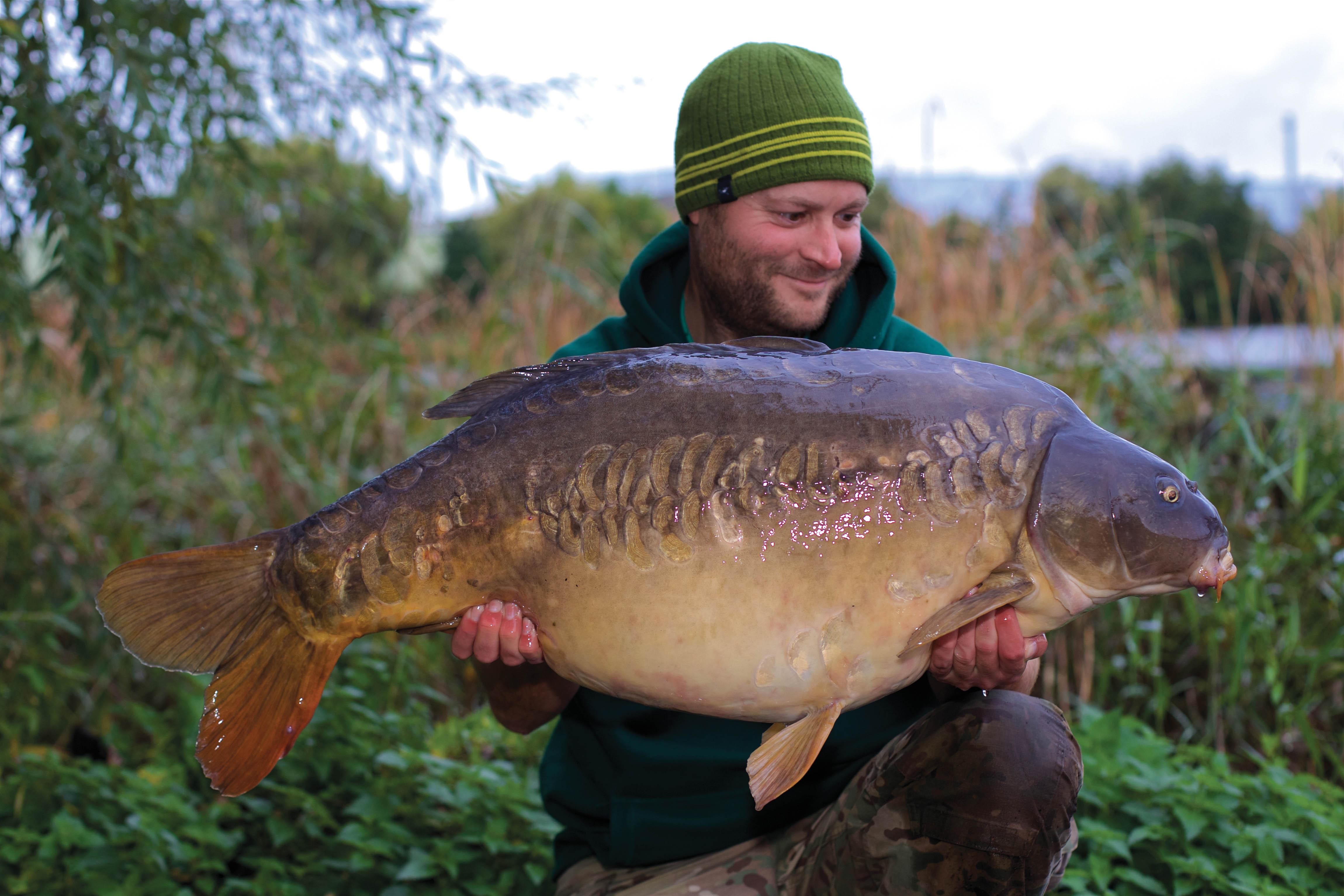Open-Water Angling
Finding the spots, baiting the areas, picking the right food, working the swim, milking the fishing: All the skills you need for open water angling thanks to Aaron Copp.
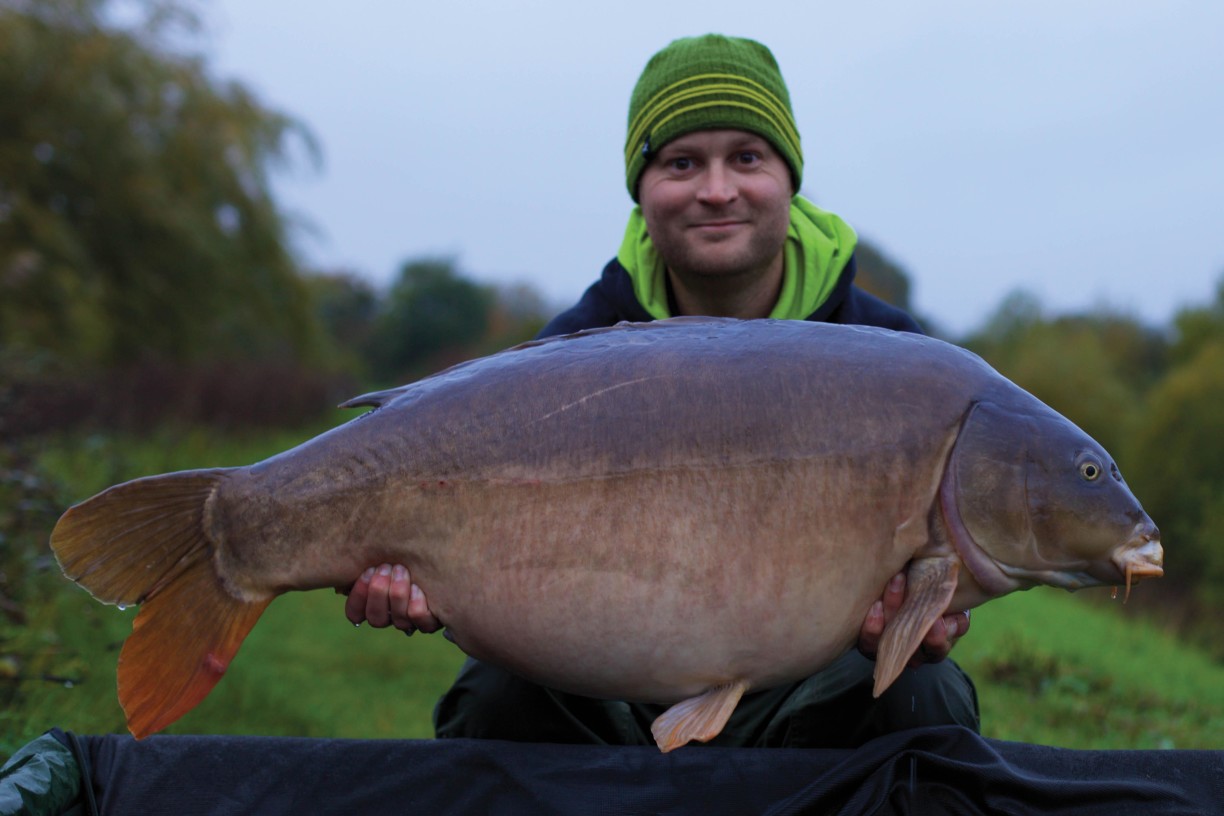
WHEN TO START TARGETING OPEN WATER
The first thing we need to think about is when we should target open water. Clearly, carp can be found in open water at certain times of the day at any time of the year. Quite honestly, though, if you concentrate on open water at the expense of the margins in the summer months, then you will surely miss many opportunities and quickly rack up blanks. Three decades of carp-fishing experience has taught me that fish will gravitate to the (normally) central and deeper areas of the lake, come the autumn, and in winter, they will spend a great deal of their time there—much more than they will, say, in the warmer months. For sure, there are notable exceptions, such as on lakes with deep, snaggy margins, which provide natural holding areas with cover that carp crave, so despite the title of this article, whilst there are no absolute rules in carp fishing, fish certainly have distinct behavioural patterns, and it’s these that we will address.
WHERE YOU SHOULD AIM FOR
It’s autumn, and perhaps shows, or signs of feeding such as bubbling in the silt have confirmed our expectations and the carp are now visiting the open-water areas of the lake a great deal. Most lakes have a few swims that offer access to the main expanse of open water, but it goes without saying that if you decide to focus your attention on the most popular area, then you are going to struggle to get in the same swim with any consistency.
As we move deeper into winter, the banks may become a little quieter. You may, however, fish venues similar to some of the club lakes I have visited of late, where you might turn up on a Tuesday in January, for instance, only to find nine other anglers already on.
The ideal scenario will see me looking for deeper areas where the milder, southerly or south-westerly winds push into. I favour silty areas rather than rock-hard spots, but that’s a personal choice, my train of thought being that I prefer to fish where there’s more natural food, like bloodworm, for instance. I know some very successful anglers who prefer more blatant spots, like, for example, gravel bars.
In an ideal scenario, then, I’d prefer to concentrate on an open-water zone which can be reached from a number of swims. This will pay real dividends in the long run, because as captures start to come your way, there is little doubt that unscrupulous anglers will react to your success. That’s much less of an issue if you don’t focus all your attention on only one swim.
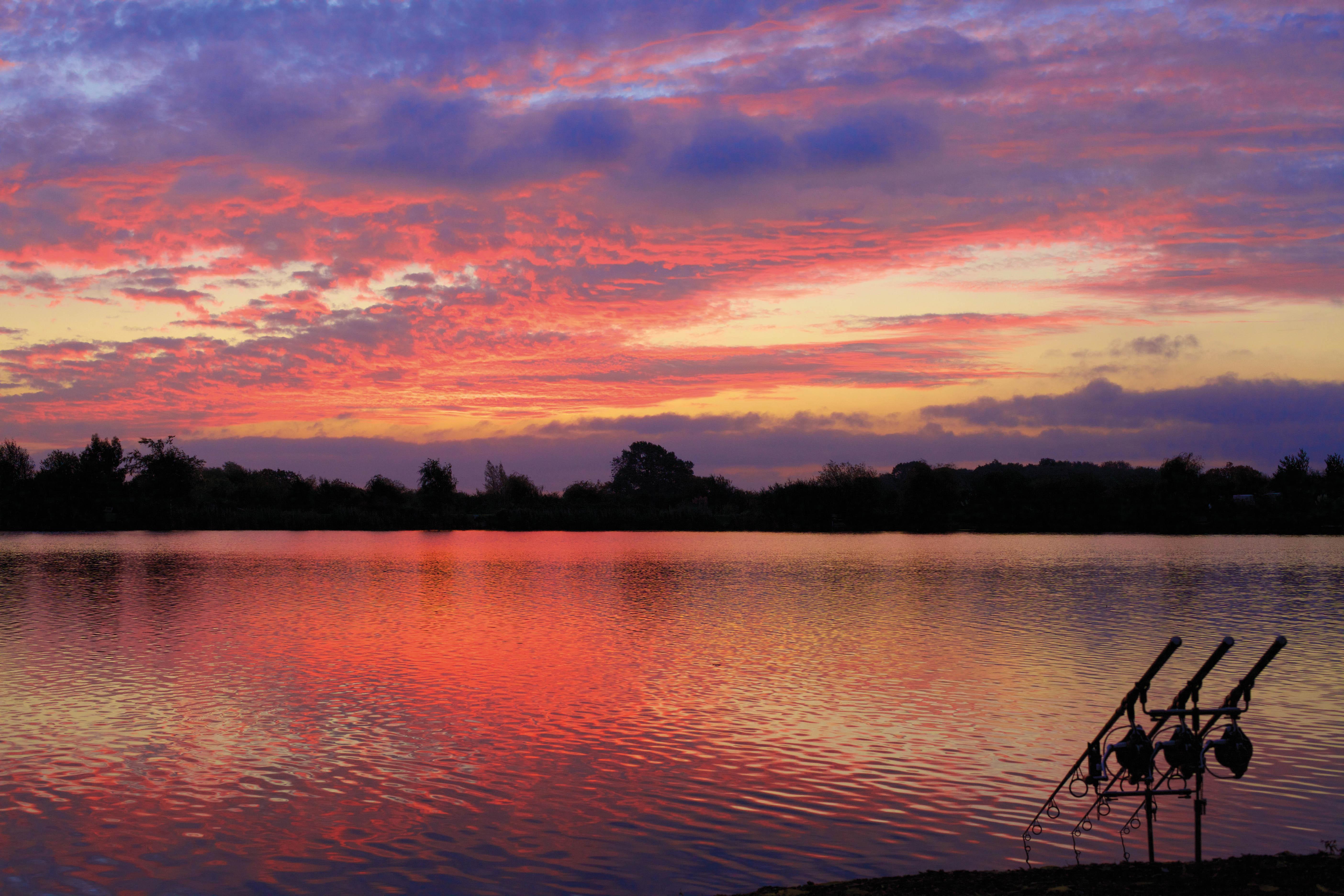
HOW TO PICK THE RIGHT BAIT…
Choice of bait and how I apply will be driven by both the angling pressure the venue receives and the number of nuisance fish present. As the saying goes, if you do the same as everyone else, you will get the same results, so it can pay to think outside of the box.
I recall fishing Fryerning in Essex a few years back. At the time, it was relatively low stocked. Four of the carp were in or around the fifty-pound mark, and so the venue was incredibly busy. The main area of open water could be reached from four different swims and the middle was not particularly far out. Everyone and their dog would spod mainly tightly baited areas of particles—a legacy of the crayfish problem that used to blight the place. There was an awful lot of blanking going on, so I decided to bring the throwing stick out of retirement.
My approach that autumn was to deliberately scatter 18mm boilies from the Mainline stable over a fairly wide area in the central open-water zone. I did this at dusk and into the darkness, given the presence of the dreaded gulls. I fished all three rods with 18mm bottom baits and spread them over the area. This paid off in style, and a number of the lake’s larger residents came my way, including a common of 51lb 15oz and a 48lb 5oz leather.
Conversely, if I target a silty open-water spot when neither angling pressure nor nuisance fish are an issue, fishing over broken baits can prove a stellar tactic. After they’re chopped, baits fall slowly through the water column and should come to rest on top of the silt. I have also found that this approach can speed up the process of generating a feeding situation, and this in turn induces a bite. This is probably down to the extra attraction signals created, and perhaps the fact that it’s a more natural approach, the offerings being smaller, are more akin to the food items that feature in a carp’s natural diet.
There’s little doubt that natural baits such as maggots, casters and worms really come into their own in winter, but in terms of getting through to the carp, they are anything but selective. If there are numbers of nuisance fish present, bream being the worst as they feed in even the coldest of conditions and tend to live in open water (roach tend to shoal up somewhere and are less of a problem), you may have to adopt a boilie-only approach, unless of course, catching bream at one in the morning in a thick frost is your idea of fun!
If I do employ naturals, I always use them in conjunction with my chosen boilie, for two main reasons. Firstly, my results over the years have shown that a boilie approach tends to produce bigger carp. Secondly, I want my offerings to stand out against those of anglers I am fishing alongside. If we are all using maggots, say, then clearly that won’t be the case—do the same as everyone else… By using a quality boilie alongside the naturals, I am looking to enjoy the best of both worlds: the proven power that naturals have to induce feeding, and the distinct food signal offered by your chosen boilie.
In terms of the type of boilie I favour, my natural go-to offering is Mainline Cell. There is a definite reason for that: its all-season credentials. If I have spent the spring and summer on a venue, then the bait I have introduced over that period will really come into its own as the open-water season arrives, namely autumn. I vividly recall the one season I spent on Horton Church Lake a few years back.
Horton Church is a lovely venue, but it’s horrendously busy. Like it or not, to a degree you are competing against other anglers. I remember two in particular who did well on there in the summer and the early part of the autumn. Both used a quality fishmeal, but as soon as the cold weather arrived, they were really on the back foot. By then, my bait was very much established, and a relatively mild winter allowed me to capitalise on that, whereas their captures fell off a cliff after they switched to a winter bait. To fully demonstrate just how switched on to my Mainline bait the fish were, during one 48hr December trip, I caught four carp: a brace of forties and a brace of fifties.
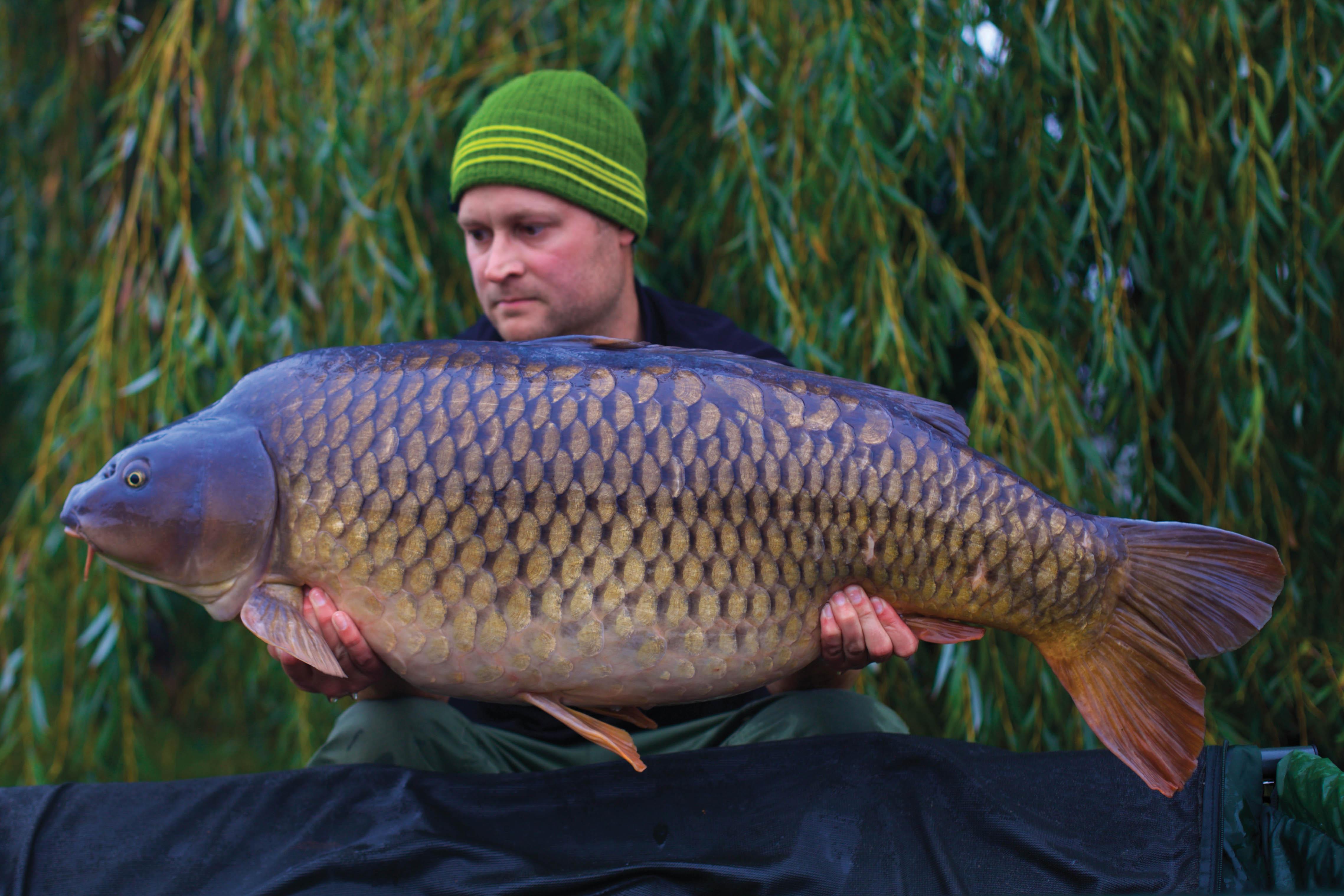
WHEN TO BAIT
If you are fortunate enough to be fishing a quiet venue, then pre-baiting can be a powerful tool. On the waters I currently fish, which are all relatively busy, baiting up as you depart is banned, but even if it were not, it isn’t something I would do. You can pretend that depositing several kilograms of boilies into the lake won’t negatively affect the angling on there, but that’s a fallacy. It most certainly will, and my way of thinking is that I treat other anglers as I’d like to be treated myself.
If rules and angling pressure allow, however, pre-baiting is best carried out at dusk. By doing so, birdlife will be less of a problem—tufties continue to feed at night, but coots don’t. In autumn and early winter, on the vast majority of waters, bite time is the evening, so by feeding beforehand, your bait will have the best chance of getting through to the carp. This allows their confidence to grow as you target the open-water area.
In terms of in-session baiting and rebaiting, for the reason mentioned above, I try to get that out of the way by early afternoon, so there is zero disturbance as the evening approaches.
A striking pattern did emerge on the venue I fished last winter, though. It’s gin clear, and the vast majority of bites came during the hours of darkness. When daytime bites did occur, they usually came to anglers who didn’t have a night permit, and generally, they fished single hookbaits.
The logical conclusion was that the carp had the confidence to feed on the (quite blatant) baited areas only under the cover of darkness. A number of the lake’s better fish came my way, and as this clearly demonstrated that they were switched on to the bait I was using, I didn’t change anything. Had the water been quiet, however, an approach of fishing singles during the day and moving to a baited open-water spot for the night would have been ideal.
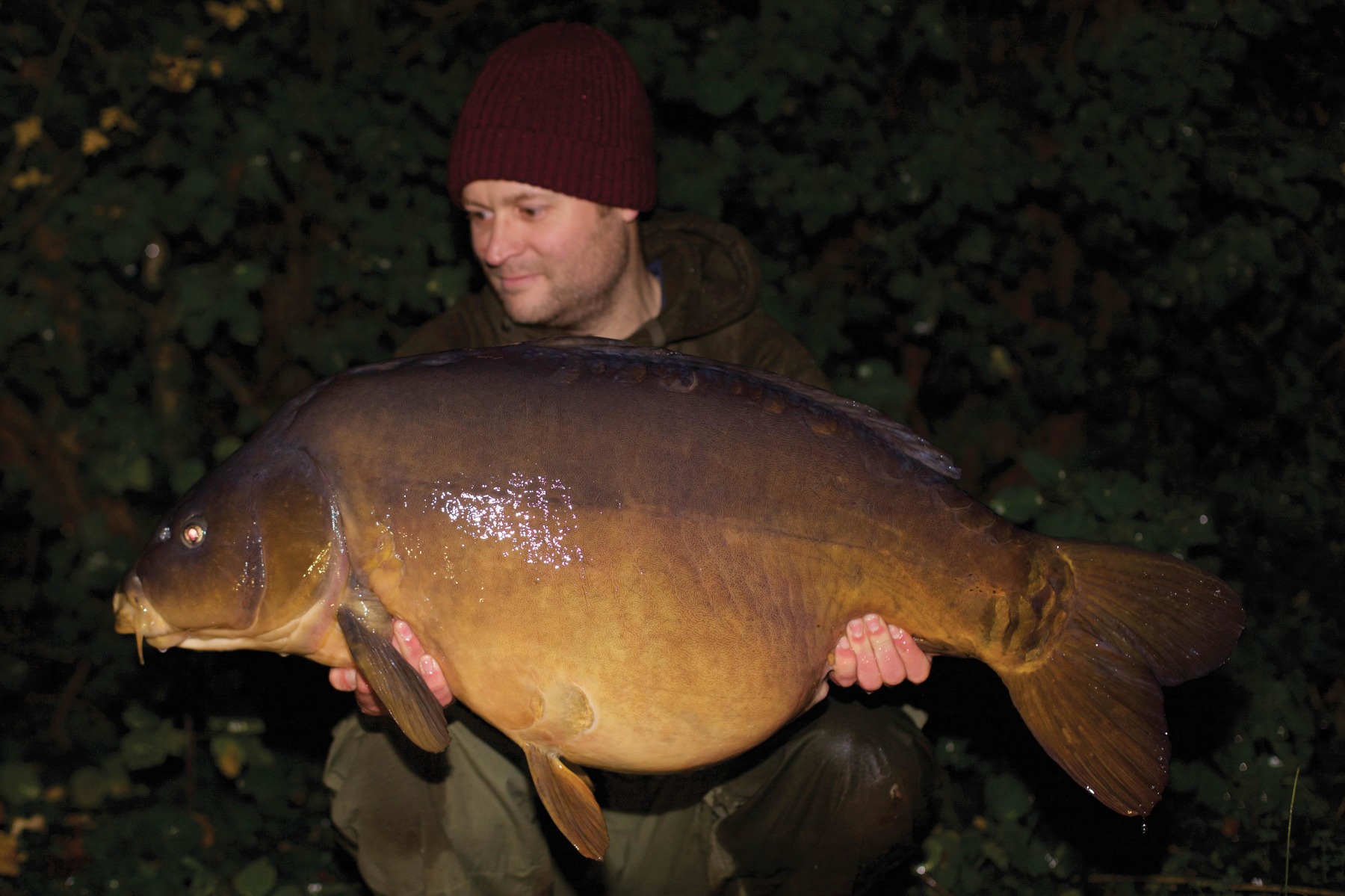
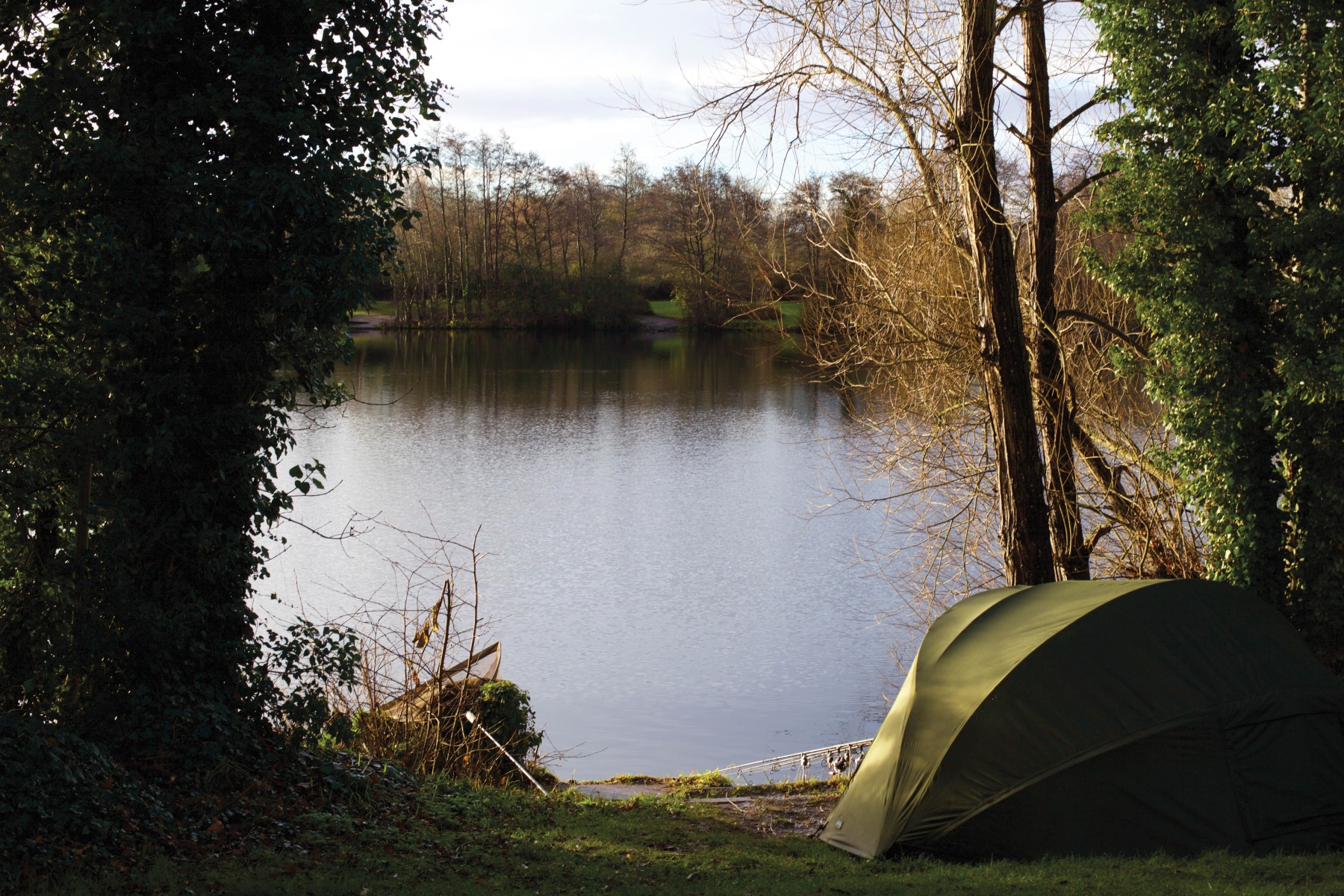
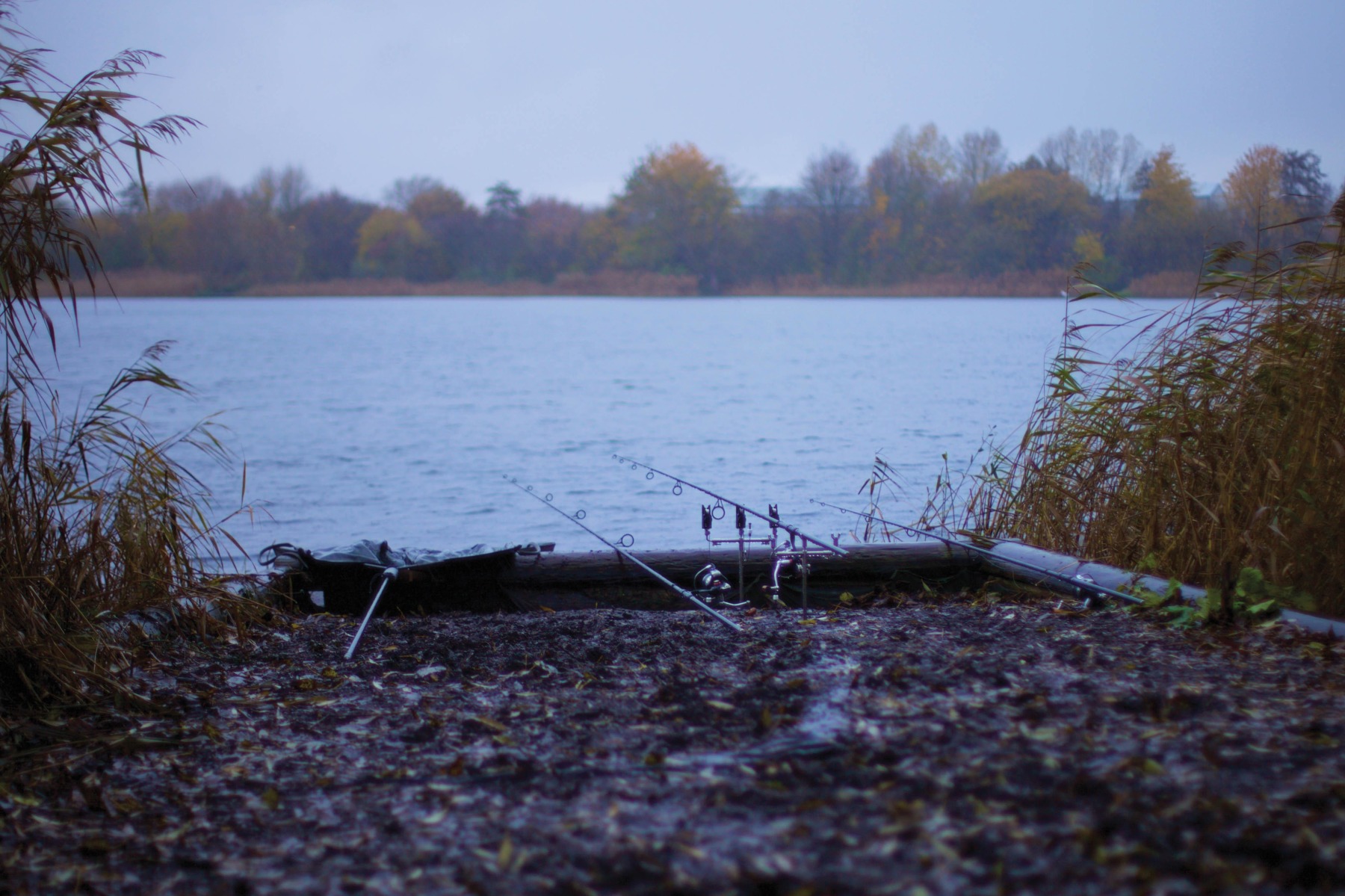
WHEN TO PUT ALL YOUR EGGS IN ONE BASKET
When I have identified the open-water area I want to target, how I fish the swim or swims will be driven largely by the water’s stock level. For example, Horton Church Lake is a tricky water at any time of year, but as many will attest, it can be a real challenge in winter. The goal each 48hr trip, then, was to try and get a take, and so spreading my three rods over different areas of the swim, to my mind, gave me the best chance of achieving it.
As a contrast, I spent a season on a former sailing lake in Kent a couple of years back, and whilst far from being a runs water, it did contain a good head of big carp. Having found presentable open-water spots in what was a very weedy lake, I would generally fish all three rods on the same baited area. On a number of sessions that autumn and winter I had multiple captures, so the tactic obviously paid off.
I have touched on just how successful fishing open-water areas can prove when combined with the use of a quality boilie, at certain times of the year, and in particular, for the larger fish a water might hold. Having said all that, it would be absolutely remiss of me not to remind the reader that we need to remain flexible regarding what tactics we employ. By that I mean don’t get to the stage where you feel as though you’re banging your head against a wall. Rather, remain adaptable. As reference, a fairly deep venue I fished a few years back springs to mind.
The lovely quiet Essex water contained some gnarly old carp, and after some seven years on the waiting list, I finally got my ticket. At the time, I was working abroad part of each week. Generally, therefore, I’d spend no more than 24hrs at the water on the occasions I fished, often much less, going mainly on Saturdays through the spring and summer.
My ticket started in May, and my first trip was on a Sunday for just the day. I ended up catching three carp from three different swims, and that was how the rest of summer played out. Staying ultra-mobile, I fished off the barrow and some lovely old carp came my way, particularly from the margins.
As the autumn neared, I was looking forward to applying bait and concentrating on the open water. As we moved into the autumn, my eyes (via shows I’d seen) confirmed that the carp were spending plenty of time out in the central zone. The number of captures slowed dramatically, however—I was top rod!—as did everyone else’s. Whilst it was crystal clear that they were out in the middle, it also became obvious they were spending very little time anywhere near the lakebed. I didn’t head into the autumn anticipating that I would be sitting behind Zig Rigs, but on that particular lake, that is exactly what transpired, and almost immediately, the action became more consistent. As always, it pays to have a game plan, but also to be flexible and not stick blindly to it.
